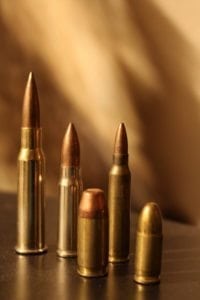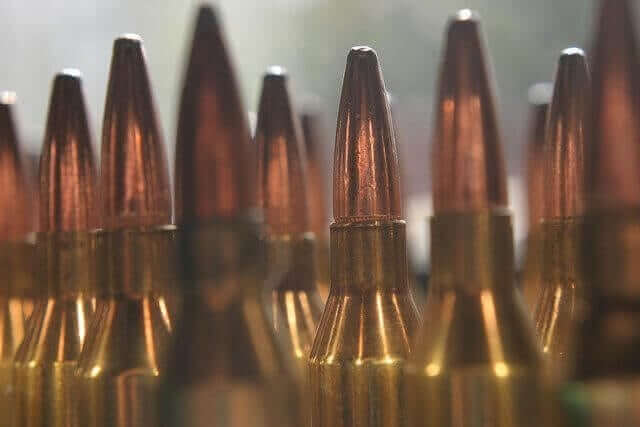
In this article, we’re going to cover the best reloading tips you should follow to increase your accuracy. There are few feelings more satisfying than that of hitting your target. Whether it’s a steel target, a deer’s vitals, or the bull’s eye, nothing beats those “fist pumpable” moments. As we all know, practice makes perfect. However, there are a few tips that can give you an extra edge when it comes to increasing your accuracy with a rifle.
One of the best ways to improve your accuracy with a rifle is to manually reload. It saves money, it’s fun, and it also helps improve accuracy. If you’re new to the idea of manually loading your rifle, you need to consider a few things first.
Reloading Tips To Improve Accuracy
Use proven, quality loads
There’s a lot of literature out there on manually loading a rifle. It’s important to read up on the right cartridges for your specific gun. Study the load data provided by reputable loading manuals. Cross-reference this information with the specs provided by powder manufacturer to get a more inclusive analysis.
Think about it: If you’re loading up a .308 Winchester, you’re going to get great loads with Varget powder and 168 grain Sierra Match King HPBT bullets. Try this as a starting point for .308 Winchesters.
Fireform your brass
Forming your brass means to fire off your handloads from the rifle for which you’re developing a load. Typically, cases shoot more accurately if they’ve been previously fired once from the exact rifle you intend to load them into.
After firing, the brass will have expanded to the contour of your rifle’s chamber. Bottlenecked rifle cartridges can be combined with a neck-only sizer die after being fired, forming your brass to keep the fire-made profile. Combining fire forming and neck-only sizing greatly improves accuracy.
Measure & optimize
One of the easiest and most productive things you can do to enhance your accuracy is to meticulously measure your chamber and lead dimensions, then optimize your bullet seating depth. Using a bullet comparator, COL gauge, and a few other special tools, you’ll be able to calculate an adequate bullet seating depth. This will minimize the distance the bullet travels before engaging the rifling in the barrel and ensures the bullet won’t free float before locking into the rifling.
The ultimate effect is a bullet more concentric to the barrel, with less wobble whilst rotating. A traditional starting point for this distance is .20 inches. This is inclusive of the math used when utilizing special tools to measure and calculate bullet seating depth.

To get your bullets running true like a well-crafted arrow, you need it to start out concentric to the case neck it’s pressed against. You can do this by using a bullet seating die with a free-floating bullet seating plug. Hornady rifle die and Redding competition seating dies both use this approach. Aligning the bullet before seating allows for minimal bullet runout and, hence, maximum concentricity. You can also use a bullet concentricity gauge, which allows you to measure concentricity as well as correct it.
Feel free to experiment
Using other people’s published loads is a good starting point, but reloading accurate rifle ammunition does require a little experimentation. Try out different bullet weights, different profiles, powders, powder charges, primers, sizing dies, and so on.
A good starting point is to think about what load will suit you best. Pick one variable to change and then load batches of 5 to 10 cartridges, altering only that particular variable. Once you’ve tried this out, get down to the range and fire off a few rounds. Take your time and compare the accuracy of each group. This will give you a better idea.
Once you’ve got your optimal setting for the bullet seating depth, load up some cartridges and use the powder charge as the variable to change. This might take some time, but you’ll get ammunition for life that’s far more accurate than anything you can buy in a store.
Conclusion
These tips may not be hugely comprehensive, but it’s great advice when you’re first starting out. If you followed all the reloading tips for accuracy, then you’re going to see an improvement. Possibly the most important or useful advice would be to experiment. By getting yourself well and truly accustomed to your rifle, as well as to a series of bullets, you’re more likely to find the right variables to suit your shooting style.
So, try out these tips and get yourself practicing out on the shooting range. Be sure to always take appropriate safety precautions whenever you’re working with ammunition. Soon enough, your aim will improve and you’ll be the winning those shooting competitions.
Image credit via Flickr Creative Commons: StockyPics and Madison S.
